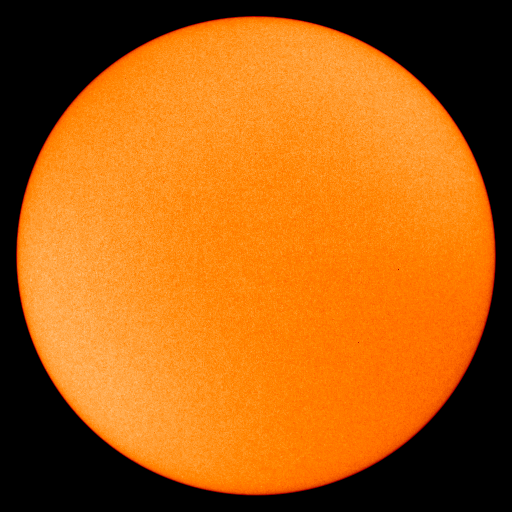
A new link to the right on my sidebar, SpaceWeather.com indicates no new sunspots as a fresh eleven year cycle began last fall. Does this portend our Earth is going into a cooling trend this winter and over the next few years?
Time will tell.
Do sunspots, or lack thereof, affect Earth's climate? A most interesting question.
More here. The sun is dead, what does it mean for Earth and weather?
Time will tell.
Do sunspots, or lack thereof, affect Earth's climate? A most interesting question.
More here. The sun is dead, what does it mean for Earth and weather?
Hi Web,
ReplyDeleteThe basic idea is OK, but rather garbled in translation. First, solar cycles do not start according to a calendar. They only average 11 years. (10.8 years, actually.) They start when we begin to see new sunspots at high latitudes. We are just finishing Cycle 23, and those sunspots track along or near the solar equator. The Cycle 24 sunspots will appear at high latitudes, near the poles, and move progressively nearer to the equator as the cycle progresses.
So, by definition, we have NOT started a new cycle which is really the point, and it is definitely late and getting more so. Second, as someone who checks the geomagnetic activity and sunspots daily, I can assure you we have HAVE had some from Cycle 23 and possibly one from Cycle 24 over the past few months. Not many, but some.
Treg
Retired rocket scientist. ;)
You may be right, still, it will be interesting to notice whether it's an especially cold winter ahead.....
ReplyDeleteI just returned from visiting Yellowstone and was struck by the devastation of the 1988 fires, which were preceeded by acute drought and record setting dry lightening. I began to wonder what solar activity occured leading up the 1988 fire storms. Solar cycle 22 started just a couple of years before that summer of drought and dry lightening. Check this out. Relative to other cycles, that solar cycle had 1) a very fast rise time - 2.8 years, 2) a very short cycle length - 9.7 years, 3) a high minimum sun spot number - 12.3, and 4) a high maximum sun spot number - 158.5
ReplyDeletemore:
“Cycle 22 certainly provided us with many highlights. Early in the cycle the smoothed sunspot number (determined by the number of sunspots visible on the sun and used as the traditional measure of the cycle) climbed rapidly; in fact more rapidly than for any previously recorded cycle. This caused many to predict that it would eclipse Cycle 19 (peak sunspot number of 201) as the highest cycle on record. This was not to be as the sunspot number ceased climbing in early 1989 and reached a maximum in July of that year. Whilst not of record amplitude, Cycle 22 still rated as 4th of the recorded cycles and continued the run of recent large solar cycles (Cycles 18, 19 and 21 were all exceptional!). A very notable feature of Cycle 22 was that it had the shortest rise from minimum to maximum of any recorded cycle.”
Material Prepared by Richard Thompson. © Copyright IPS - Radio and Space Services.